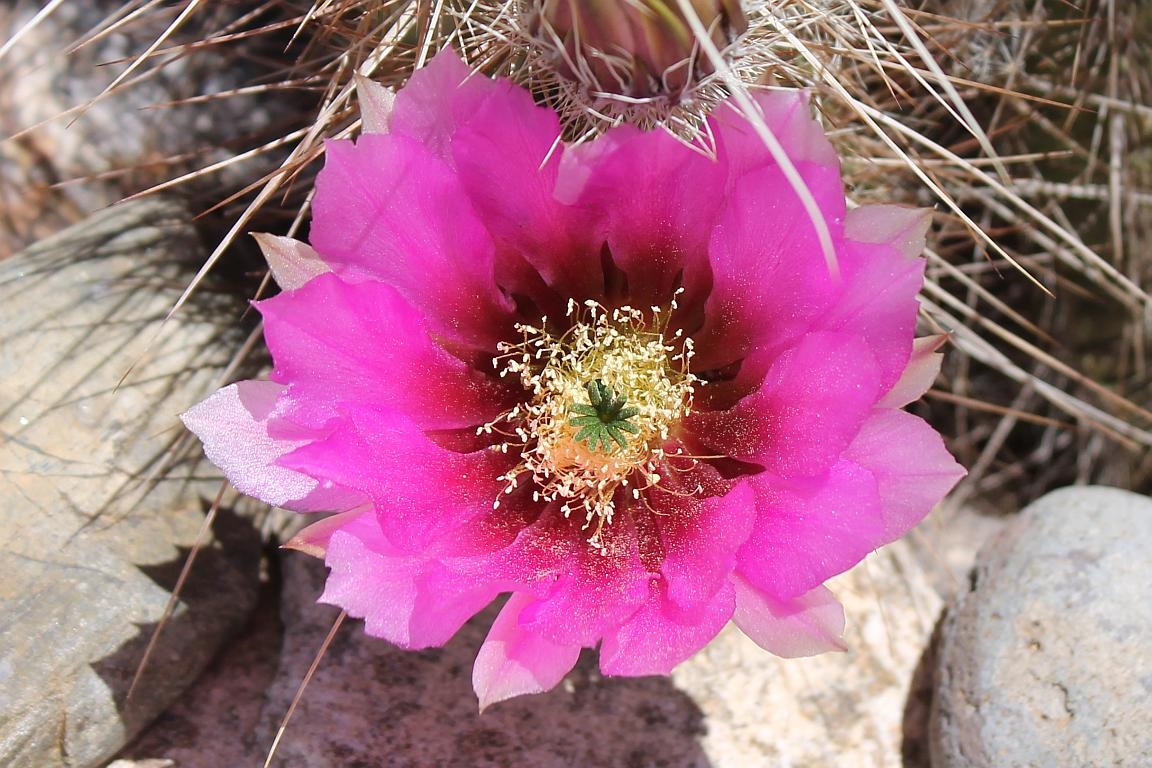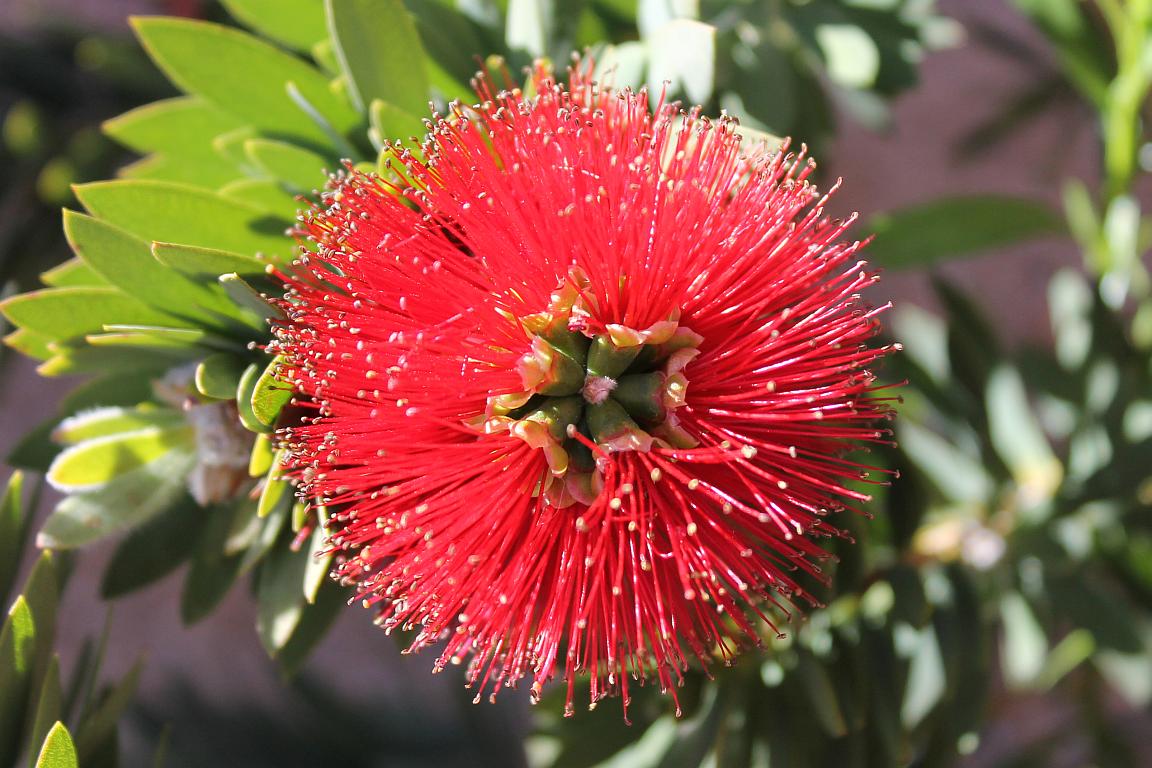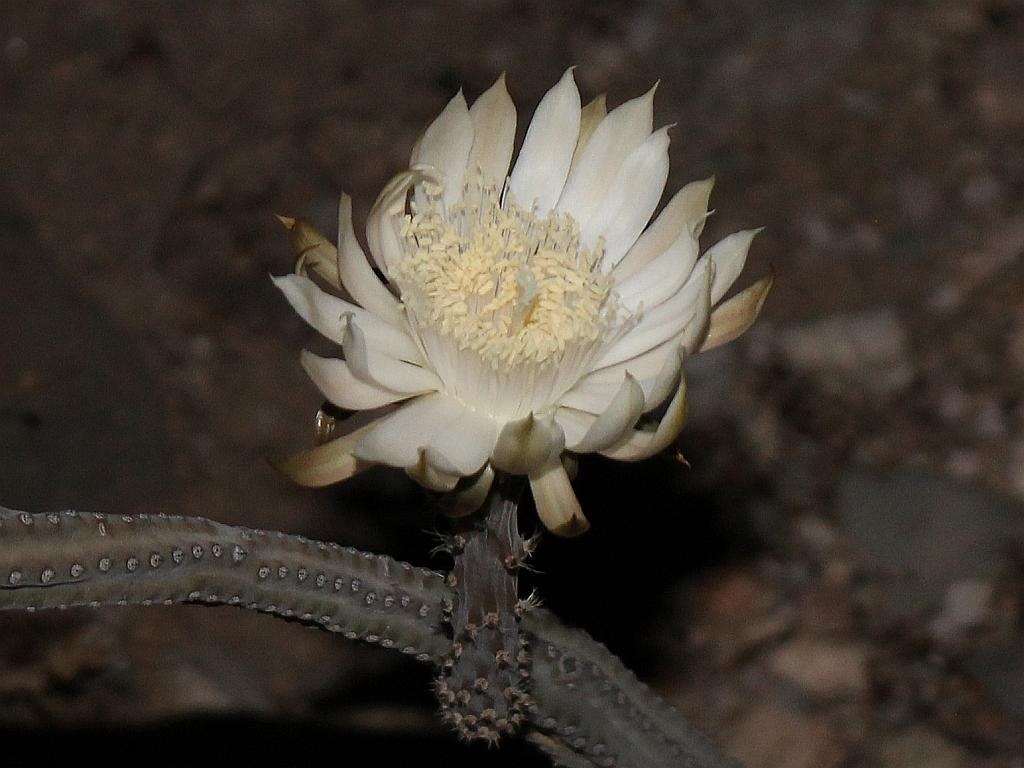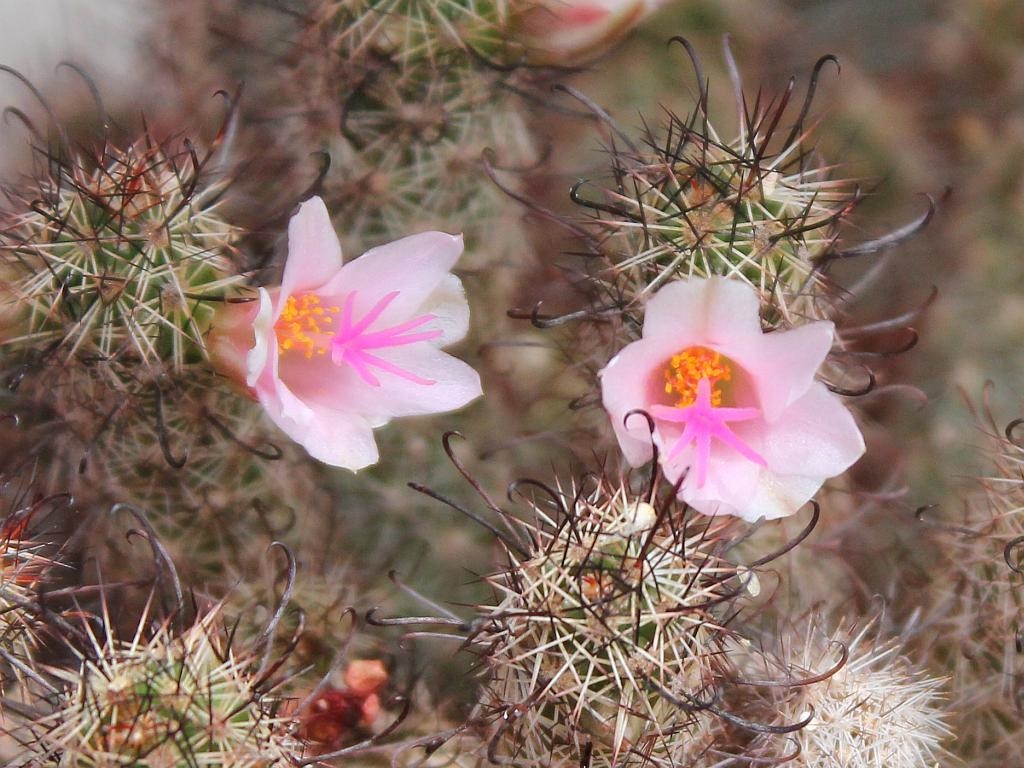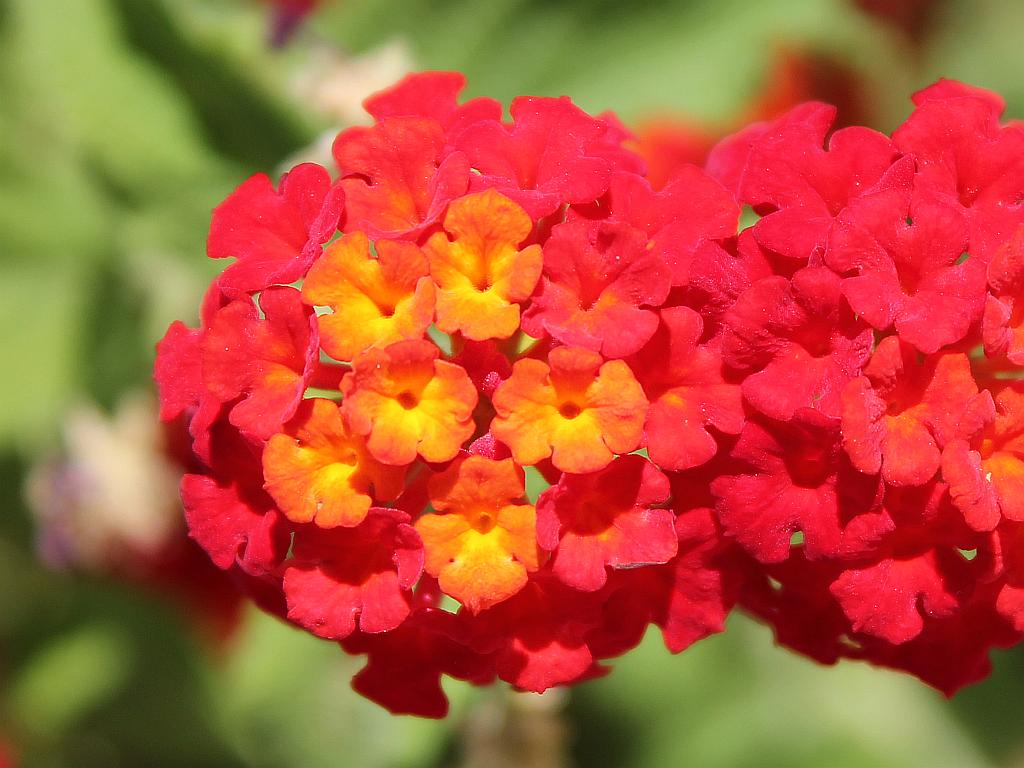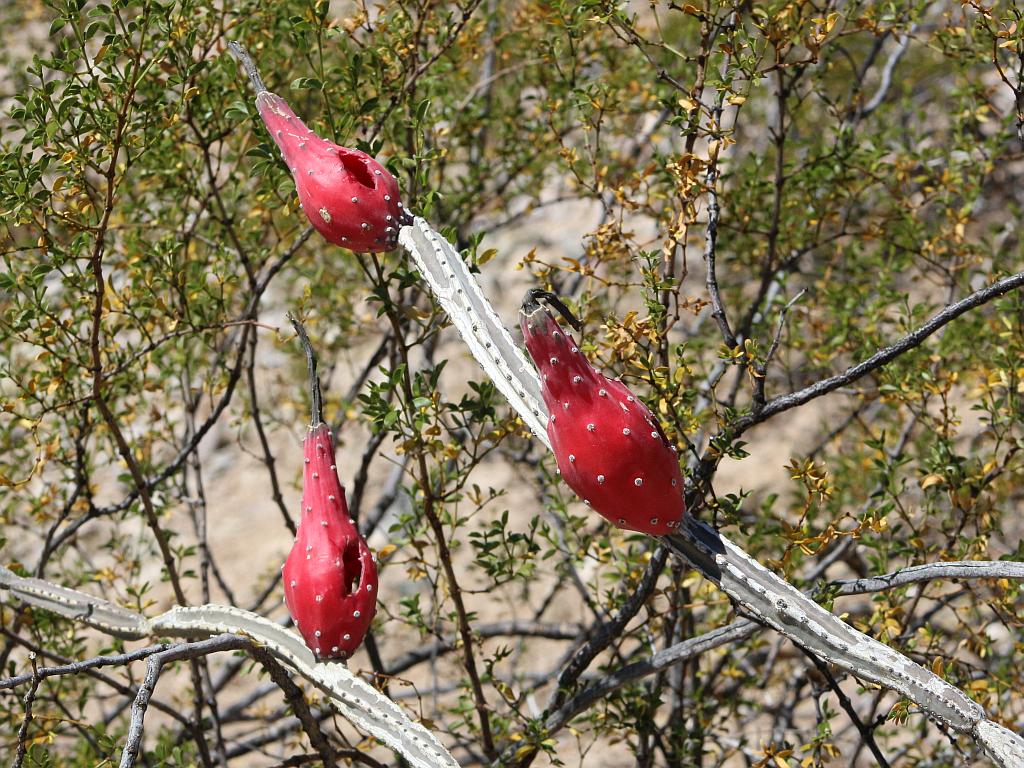
When Damsel and I were walking our dogs after breakfast this morning, we saw something up on the neighboring hill we could not readily identify. There were three bright red objects up among the natural vegetation on the hill. We conjectured that it might be cardinals perched up there, but at that distance it was difficult to verify. Moreover, the red objects did not move and our observation of cardinals is that they do not stay in one place for very long.
We finished the dog walking and I returned to the road where we see the red objects with my 300mm long lens and Canon SL1 camera. I took a couple of photos and went back into the office to download them to see what it could be so bright red up there. When I zoomed in, albeit low resolution, I could see that these red objects were ripe fruit growing on a Peniocereus greggii (Queen of the Night) cactus. We had no notion that they could be this bright red.
Although the area where the cactus was growing is in a marginally accessible area in the wild desert just west of our house, I ventured up there to try and get some closer photos of the cactus fruit. As you can see, I was able to get close enough to get he photo above. Click on the image to enlarge.

